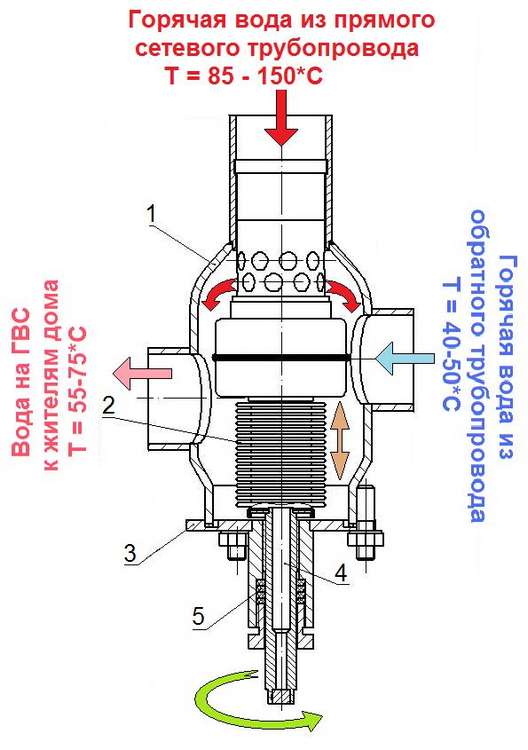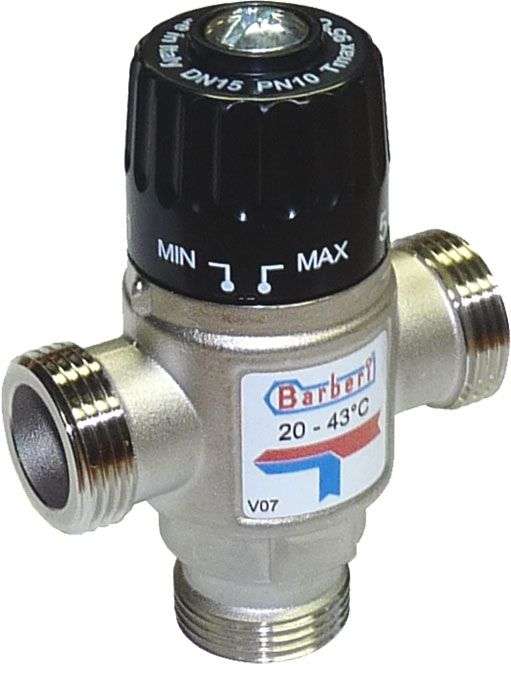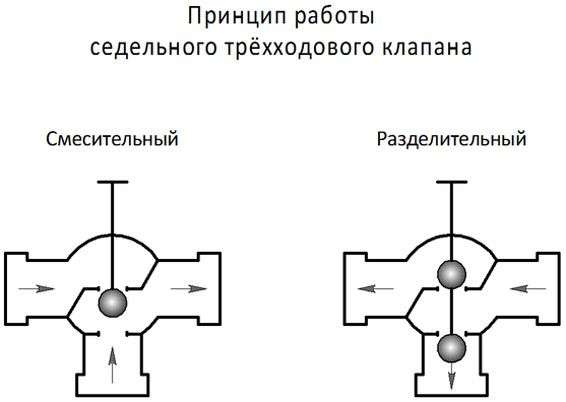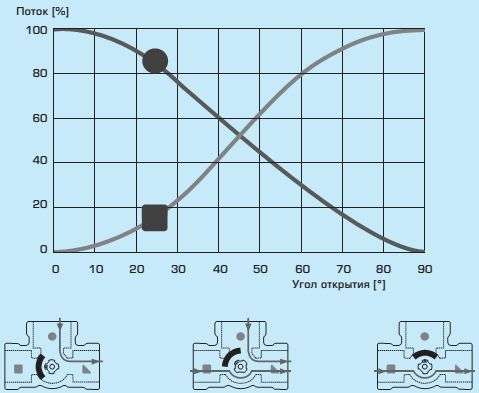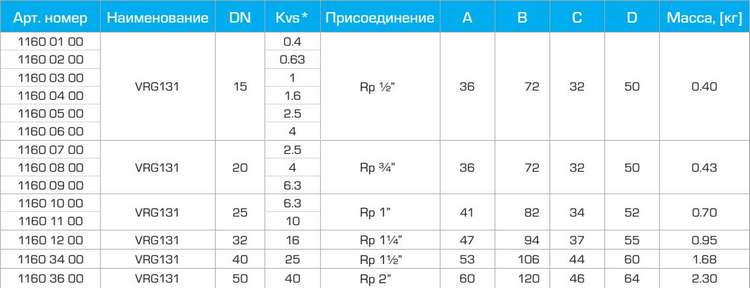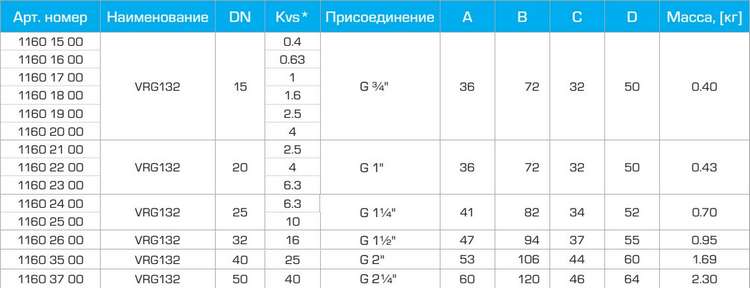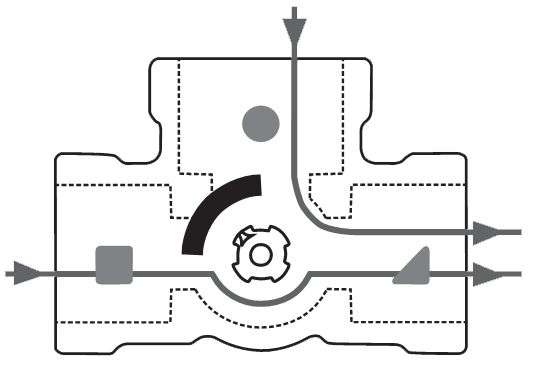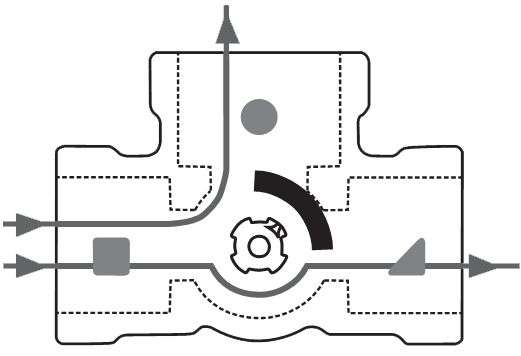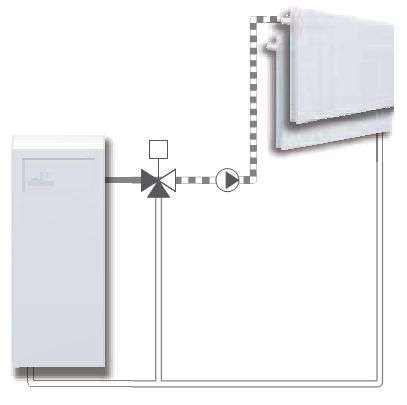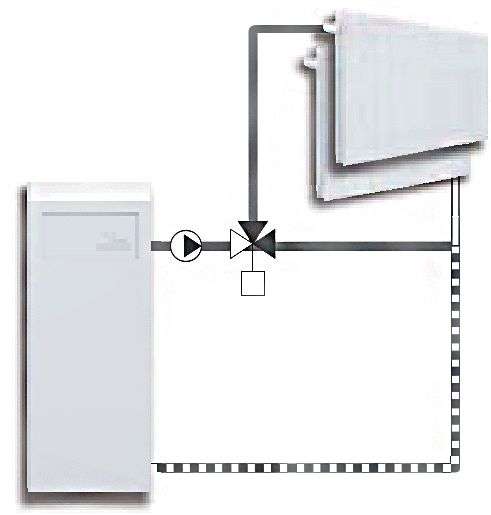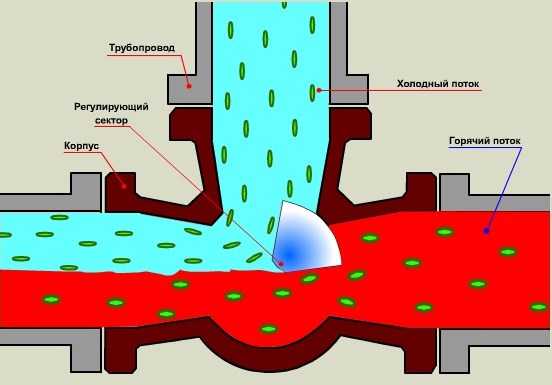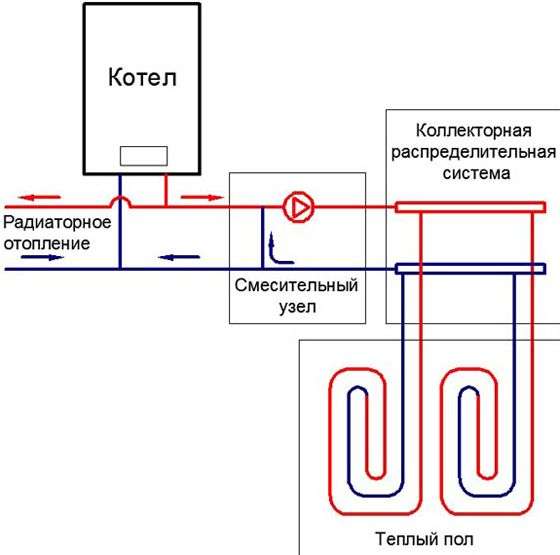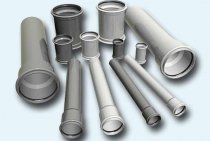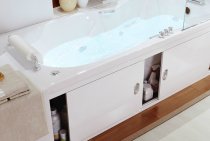Selection and installation of a three-way valve in the heating system
Even in radiators, it is forbidden to supply coolant above 95 ° C, because. in the event of any minor accident, due to a sharp drop in coolant pressure, intense vaporization will occur, people will be boiled alive, and now imagine that steam has come out of your mixer. And here, in order to ensure the standard temperature of hot water, management companies, service organizations and a local plumber are required to work. From a technical point of view, this problem is successfully handled by temperature controllers (TRZh - liquid temperature controller), which must be installed on each DHW system from a CHP, i.e. in our homes.
Let us give an example of the most frequently used (in our case, cheaper) TRJ in the Russian housing and communal services.
The temperature controller most used in housing and communal services is a bellows-type TRZH (see sketch):
- Welded steel body
- The bellows (filled inside with an easily evaporating substance) has the form of a cylindrical metal "accordion".
- Case cover.
- Stem for temperature regulation.
- Stuffing box seal.
The principle of operation is very simple: mains hot water enters the TRZh from above through a sleeve with holes, the water that has cooled down after the heat is released in the batteries enters from the right, inside the TRZh they mix and from the left branch pipe the water goes to the consumer in the apartments. If the water is very hot, the bellows lengthens, the holes of the sleeve overlap and the supply of network water decreases, if the water cools down, the bellows shrinks and more hot network water flows. Everything happens automatically. The TRF can be adjusted manually to supply water from 30 to 90°C. By turning the stem clockwise, we raise the bellows up and thereby reduce the flow of hot network water, counterclockwise we lower the bellows and the outlet water will be hotter.
An example of bellows-type temperature controllers: - TRTS-50-OS, - RTE-21M.
1. Liquid thermostat with thermostat.
For example, the most used and affordable model TRZH-M-1. The principle of operation and adjustment is similar to the above device, but in contrast to it, in TRZH-M-1, instead of a bellows, a thermostat similar to an automobile one is installed.
This model has advantages and disadvantages compared to the bellows TRJ.
Advantages: in case of failure of the temperature sensitive valve, only the sensor can be replaced.
Flaws:
- The sensor regulates the water temperature in the range of 15°C (45-55; 55-65; 75-85…), each mode requires its own sensor.
- In the summer, when water is supplied through only one pipeline and the water temperature exceeds the upper gradation of the installed sensor by 20 ° C, it must be removed from the TRJ housing, otherwise it will fail and require replacement.
If a locksmith has a plumber to service 30-60 hot water systems, this is very troublesome.
The appearance of the thermostat and sensors installed inside the TRZH-M-1 housing (as in a car engine).
Choosing a three-way valve
Before you install a three-way valve on a warm floor, you need to choose it correctly, taking into account the characteristics of the heating system.
Factors influencing the choice of this device are as follows:
- throughput of pipes in the heating system;
- number of contours;
- valve outer body material;
- structure and principle of control of the device;
- section of the inlet pipe.
As for the number of lines in the heating system at home, there should not be any difficulties in this matter. But all other factors suggest that the consumer has certain technical knowledge. Without an understanding of the basic principles of thermodynamics, it is difficult to choose even the size of the valve.Therefore, in order not to risk, we recommend that you consult with experts before purchasing any device.
Since a three-way valve is essentially a conventional faucet with a thermostatic head, it can function without human intervention when equipped with an electric actuator. At the same time, hot water circulates with such intensity, which is necessary to provide the required temperature. No additional control panels are needed for this, and the consumer may not worry that the heating system will overheat.
Hot water temperature. Who and how should ensure the temperature regime of hot water supply (DHW) in our apartments? TRJ - what is it? How is the TRJ organized? Let's try to understand the identified issues.
As you already know, in accordance with paragraph 2.4 of SanPiN 2.1.4.2496-09 of amendments to SanPiN 2.1.4.1074-01 "Hygienic requirements for ensuring the safety of hot water supply systems", and in accordance with paragraph 9.5.8 of the "Rules for the technical operation of thermal power plants" registered Ministry of Justice of the Russian Federation 02.04.03 No. 4358, the temperature of hot water in the places of water intake should be within the range of not lower than 60 ° C and not higher than 75 ° C.
Why exactly this temperature? Yes, everything is very simple, there is a compromise between consumers and "producers" of hot water.
On the one hand, it is more profitable for consumers to have hotter water so that the meter takes into account as few cubic meters of expensive hot water as possible, and we can always dilute it with cold water. At the same time, we use water (we put our hands under hot water) with a temperature of 40-50 ° C, and the higher the temperature of hot water, the more likely it is to scald our beloved body, and God forbid, if these are small children. Plastic pipes, water meters, mixers are also designed for an operating temperature of 75-85°C.
On the other hand, it is more profitable for power engineers and DHW suppliers to produce less hot water, because. consumers will use it in greater quantities and, accordingly, the number of cubic meters in meter readings will be greater, which means that power engineers will receive more money. Less hot water is also cheaper and faster to heat, less load on equipment and networks, less heat loss in networks.
And if during the heating period the water in the network is 100 ° C or more, without lowering the temperature in the hot water supply, we can be seriously scalded, because. is the vaporization temperature.
Varieties of distribution valves
Although the purpose of all valves is the same - to distribute the level of heating of the coolant in the pipes, they still differ in control methods.
There are such types of devices:
- manual;
- with electric drive;
- with thermal head;
- pneumatic;
- with hydraulics.
For a private residential building, a three-way valve for electric heating will be preferable. Changes in the characteristics of the coolant are made thanks to special sensors that transmit commands to the electric drive through the controller.
The desired effect on temperature distribution occurs automatically, regardless of what heating equipment is installed in the house - a solid fuel, gas or electric boiler.
Please note that experts recommend opting for a three-way shut-off valve with automatics, since they are much easier to operate. Alternatively, if it is not physically possible to integrate an adjustable valve into a finished heating system, you can stop at devices with thermal heads
Three-Way Valve Installation Diagrams
Perfect matching of the valve with the ESBE electric actuator.
Technical data and characteristics of ESBE valves series VRG130
Pressure class _____ PN10
EXTERNAL THREAD Series VRG132
Heat carrier temperature max (permanent) ____ +110ºC………………………………….. max (variable) ____ +130ºC………………………………….. min ____ -10ºC Torque (at nominal pressure) DN15-32 ____ …………………………………………………………..DN40-50 ____ Leakage through closed valve, % of flow (Differential pressure 100 kPa):……………………………………………….. mixing ____ ……………………… ……………………….. bypass ____ Blocking pressure ____ 200 kPa (2 bar) Adjustment range Kv/Kv min, A-AB: ____ 100 Connections: ………. Internal thread, EN 10226-1 …………………………….. External thread, ISO 228/1
COMPRESSION FITTING Series VRG133
…………………………….. Compression fitting, EN 1254-2 Materials Valve body and spool ____ Brass DZR, CW 602N Stem and sleeve ____ PPS composite Gaskets ____ EPDM
COUPLING NUT Series VRG138
UNION NUT / EXTERNAL THREAD Series VRG138
The ESBE mixing valve series VRG130 is used in the following areas:
- Heating
- Comfort cooling
- Drinking water consumption
- Floor heating
- Heating from solar panels
- Ventilation
- Zone heating systems
- Central hot water systems
- Central heating systems
- Central cooling systems
FLANGE / EXTERNAL THREAD Series VRG139
* Kvs value in m*3/h at 1 bar differential pressure
* Kvs value in m*3/h at 1 bar differential pressure
* Kvs value in m*3/h at 1 bar differential pressure CPF - compression fitting
* Kvs value in m*3/h at 1 bar differential pressure RN - Union nut
* Kvs value in m*3/h at 1 bar differential pressure FN - pump flange
Using ESBE three-way valves
MIXING THREE-WAY VALVES ESBE
ESBE 3-WAY DIVERTING VALVES
ESBE three-way valves series VRG130 are compact mixing valves of the highest quality with extremely low leakage rates. For the manufacture of ESBE valves, a special brass alloy (DZR) is used, which significantly expands the temperature limits of valve operation. For the convenience of manual control of ESBE three-way valves, they are equipped with special handles and limiters for the angle of rotation of 90 degrees. The position scale of the three-way valve can be rotated and switched. This feature greatly simplifies the process of mounting the valve and makes it possible to install the valve in almost any position. If it is necessary to equip the valve with automatic control, ESBE has developed electric actuators of various series. Servo actuators of the ARA600, 90, 90C, CRB100, CRA110 series are perfectly matched to the three-way valves of the VRG130 series and have a unique valve-to-servo connection, thanks to which they are distinguished by the highest accuracy of regulation. To expand and complicate the functionality of three-way valves, ESBE controllers are used, which significantly expand the scope of valves. ESBE three-way valves series VRG130 are available in five sizes (DN 15 - 50) and with six types of connections: with internal or external thread, with union nut in DN20, with flange connection or with compression fittings for pipes with an external diameter of 22 and 28 mm.
Installation and Maintenance
The narrow and compact design of the ESBE valve allows easy tool access when installing and dismantling the valve. A repair kit is provided for the main components of the valve.
Installation examples
All valve installation options indicated in the instructions can be mirrored. The valve position dial flips and rotates depending on the installation options and is sure to be in the correct position (as demonstrated in the installation instructions). The figures shown on the valve holes (■●▲) reduce the risk of incorrect installation.
INSTALLATION OF ESBE THREE-WAY MIXING VALVE
INSTALLING AN ESBE 3-WAY DIVERTER VALVE
Rotary device VRG130 + ARA600 3-POINT
You can buy ESBE products by calling (8017) 399-97-01. Also by this phone you can get detailed information about the technical characteristics of the device, its price, stock availability (Minsk, Grodno, Vitebsk, Gomel, Brest, Mogilev, Borisov) and delivery time.
What is a three-way valve and why is it needed in a heating system
The installation of this device is justified where the heating system takes into account the division of the circulation flow into 2 circuits, distinguished by the type of mode - constant and variable.The constant mode is very often used for use in those devices that need to be supplied with a high-quality heat carrier in a specific volume throughout the entire time. The variable flow is intended for those consumers for whom the quality indicator of the heat carrier is not important. For them, the main thing, first of all, is its strict quantity, according to which the feed is adjusted.
Among the shut-off valves, there is another variety that performs similar functions, but is considered two-way. But a three-way valve does not stop working in a completely different way. Its design is such that it is not able to close the circuit, for which a constant hydraulic regime is important. It will always be in the open state, and is actually adjusted to the required volume of heat carrier. This means that consumer devices will always be satisfied both in terms of quality and quantity of the supplied volume.
The three-way valve is not able to close the flow of the heat carrier to the circuit where a constant flow is important. This is what distinguishes it from a two-way one. But with the overlap of the variable copes very well. This gives the ability to regulate both the pressure and the flow of the heat carrier. By the way, the same effect can also be achieved from two-way valves if two devices are combined in one design. At the same time, they must be configured for reverse operation: when one closes, the second opens.
What are three-way valves
This shut-off valve is divided according to the principle of operation into dividing and mixing. The name itself explains the principle of their action and how they differ. The mixer has one outlet and two inlets, thanks to which it qualitatively mixes two very different streams. This, for example, is necessary to reduce the temperature of the heat carrier for specific consumers. For example, for heated floors: water should be supplied to them at a temperature of no more than 65 degrees, while its temperature is much higher in radiators.
In order to qualitatively adjust the supply of heat carrier to the consumer with the required temperature, it is important to know its indicator for two streams, calculate the mixing proportions and adjust the valve. So we get the desired temperature regime
A three-way diverting valve behaves exactly the opposite. Its purpose is to divide the key stream into 2 secondary ones. In its own design, it has only one input, but it has two outputs. It is used very often in hot water supply, providing an equivalent supply of hot water to the consumer in terms of quantity and quality. Also, professionals use it for air heaters.
Two varieties of three-way valves do not stand out from the outside. But, if you look at them in the context, the difference will be understandable. In the mixing action device, one ball valve is installed on the stem, which is located strictly in the very center and closes the main passage. And the dividing one has two ball valves, which are located on the outlet pipes. When the first closes one section of the pipe, the second tears off the other.
How a three-way valve is controlled
Like every shut-off type valve, the three-way valve required for a particular system is calculated from the diameter of the pipe supplying the coolant and the pressure in the system. In order to certify a heating system, there are specific Norms for these devices. And deviating from them is a gross violation.
Particular attention is paid to the discrepancy between the internal pressure of heating systems and the valve
Collector connection diagram
The order of work is as follows:
- The collector box is mounted in a place convenient for access and at the same time so that it does not interfere. Pipes supplying heated water and a return pipe are connected to the cabinet. But before that, shut-off valves should be installed on the manifold.
- In order to control the temperature and pressure in the system, a thermometer and a pressure gauge are placed in the immediate vicinity of the valves.
- Compression fittings are used to connect pipes connected to the manifold using a threaded connection.
- If it is necessary to combine pipes with different diameters, use adapters or universal fittings, taking into account the scheme for connecting a warm floor.
A complete heating scheme with underfloor heating has the following additional elements:
- circular pump;
- three-way mixer or pump-mixing unit;
- faucet to drain water;
- air outlet.
